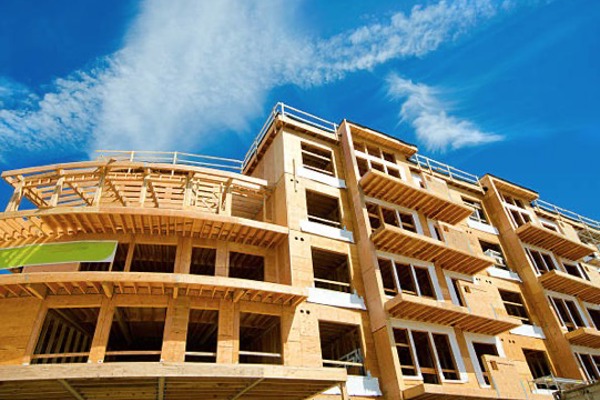
There is no secret that construction material prices have surged during the pandemic. As COVID-19 spread around the globe, quarantines forced factories and ports to reduce operations as employees became sick or were furloughed. Reduced production quickly crimped the worldwide supply chain, leading to a sharp rise in prices over the last 12 months for common materials like drywall, steel, concrete, copper and brass, and lumber and plywood.
To Build or Not to Build?
For commercial property developers, the material shortages and spiraling prices have some questioning the wisdom of even entering into projects at this time. Many are asking the question …is today a good time to build (despite the higher costs), or is it wiser to wait until the supply chain catches up with the demand (and costs have dropped)? Perhaps a better question should be…will prices fall at all and, if so, how much?
Will Prices Fall and, If So, How Much?
Improved safety measures have allowed most factories to bring back employees and ramp up production. Supply chain issues are slowly being resolved. As production ramps up to meet the demand, many are hoping that prices will fall. Just how much and how soon is anyone’s guess. But experts warn that we shouldn’t expect prices to fall to pre-COVID levels – certainly not lumber. That lumber material prices will remaining high or even climbing higher over the next several months. Low interest rates are to blame.
Why Lumber Supply and Pricing Are Particularly Problematic
In the current economy, the demand for lumber has never been higher. Record low-interest rates have spawned a housing boom. Because existing home inventory has dried up, millennials are turning to new construction to pursue the American dream of homeownership. As a result, new home construction is at its highest level since 2006. With lumber already in short supply, it has created the perfect storm to drive up lumber prices by some 200% since April 2020.
According to Kyle Little, COO of Sherwood Lumber, don’t expect lumber prices to drop anytime soon. "We are now in month No. 10 of what we believe to be an 18-to 24-month cycle. Prices are going to trade in a higher-than-normal range throughout this cycle. Price decline will not happen until there is a slowing of demand.” There is only so much capacity that sawmills have for lumber production. If current demand exceeds their production capability, lumber prices will continue to rise until the market stabilizes.
The I-Word May Prevent Prices from Dropping
Treasury Secretary Janet Yellen stated on May 7, 2021, that "Interest rates will have to rise somewhat to make sure that our economy doesn’t overheat."
Her comments led to a swift reaction from Wall Street, where stock prices tumbled. While she quickly qualified that statement with the assurance that the Fed could be counted on to address any inflationary problem, many Americans are rightfully concerned about a coming wave of inflation.
Federal Reserve Chair Jerome Powell has said that “transitory” inflation is on the way. He desires to see inflation average 2% over time. That is a change from the last decade that saw inflation stuck below that level.
Rising expectations for inflation could be self-fulfilling and prevent construction material prices from ever returning to pre-pandemic levels. Workers in those steel, drywall, concrete, and sawmill companies will demand higher pay to offset expected price increases. Those companies will start raising prices in anticipation of increased wages and supply costs. Any hopes that commercial property developers had about prices dropping will be lost to an inflationary-fueled wage-price spiral.
In the final analysis, while the pandemic has presented unique challenges to the industry, supply and demand economics will ultimately determine the price commercial property developers pay for materials. While they have always looked at market conditions when deciding whether to build or not to build, we feel the best game plan is to proceed after careful preparation of a detailed preconstruction budget that is built on the input of key suppliers and trade partners. It is the best way to minimize risks associated with supply chain and pricing variables.